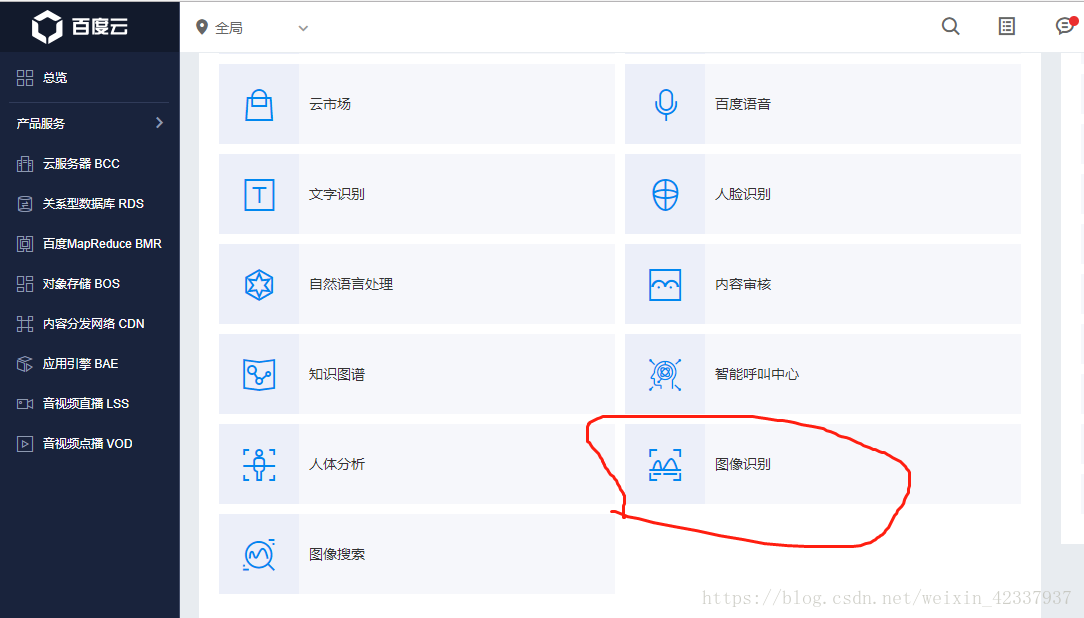对python实现二维函数高次拟合的示例详解
在参加“数据挖掘”比赛中遇到了关于函数高次拟合的问题,然后就整理了一下源码,以便后期的学习与改进。
在本次“数据挖掘”比赛中感觉收获最大的还是对于神经网络的认识,在接近一周的时间里,研究了进40种神经网络模型,虽然在持续一周的挖掘比赛把自己折磨的惨不忍睹,但是收获颇丰。现在想想也挺欣慰自己在这段时间里接受新知识的能力。关于神经网络方面的理解会在后续博文中补充(刚提交完论文,还没来得及整理),先分享一下高次拟合方面的知识。
# coding=utf-8
import matplotlib.pyplot as plt
import numpy as np
import scipy as sp
import csv
from scipy.stats import norm
from sklearn.pipeline import Pipeline
from sklearn.linear_model import LinearRegression
from sklearn.preprocessing import PolynomialFeatures
from sklearn import linear_model
''''' 数据导入 '''
def loadDataSet(fileName):
dataMat = []
labelMat = []
csvfile = file(fileName, 'rb')
reader = csv.reader(csvfile)
b = 0
for line in reader:
if line[50] is '':
b += 1
else:
dataMat.append(float(line[41])/100*20+30)
labelMat.append(float(line[25])*100)
csvfile.close()
print "absence time number: %d" % b
return dataMat,labelMat
xArr,yArr = loadDataSet('data.csv')
x = np.array(xArr)
y = np.array(yArr)
# x = np.arange(0, 1, 0.002)
# y = norm.rvs(0, size=500, scale=0.1)
# y = y + x ** 2
def rmse(y_test, y):
return sp.sqrt(sp.mean((y_test - y) ** 2))
def R2(y_test, y_true):
return 1 - ((y_test - y_true) ** 2).sum() / ((y_true - y_true.mean()) ** 2).sum()
def R22(y_test, y_true):
y_mean = np.array(y_true)
y_mean[:] = y_mean.mean()
return 1 - rmse(y_test, y_true) / rmse(y_mean, y_true)
plt.scatter(x, y, s=5)
#分别进行1,2,3,6次拟合
degree = [1, 2,3, 6]
y_test = []
y_test = np.array(y_test)
for d in degree:
#普通
# clf = Pipeline([('poly', PolynomialFeatures(degree=d)),
# ('linear', LinearRegression(fit_intercept=False))])
# clf.fit(x[:, np.newaxis], y)
# 岭回归
clf = Pipeline([('poly', PolynomialFeatures(degree=d)),
('linear', linear_model.Ridge())])
clf.fit(x[:, np.newaxis], y)
y_test = clf.predict(x[:, np.newaxis])
print('多项式参数%s' %clf.named_steps['linear'].coef_)
print('rmse=%.2f, R2=%.2f, R22=%.2f, clf.score=%.2f' %
(rmse(y_test, y),
R2(y_test, y),
R22(y_test, y),
clf.score(x[:, np.newaxis], y)))
plt.plot(x, y_test, linewidth=2)
plt.grid()
plt.legend(['1', '2','3', '6'], loc='upper left')
plt.show()
以上这篇对python实现二维函数高次拟合的示例详解就是小编分享给大家的全部内容了,希望能给大家一个参考,也希望大家多多支持【听图阁-专注于Python设计】。

